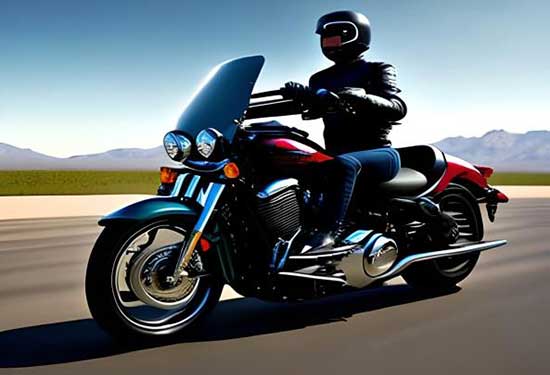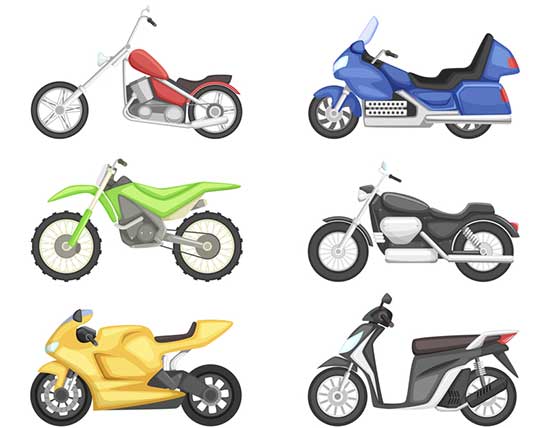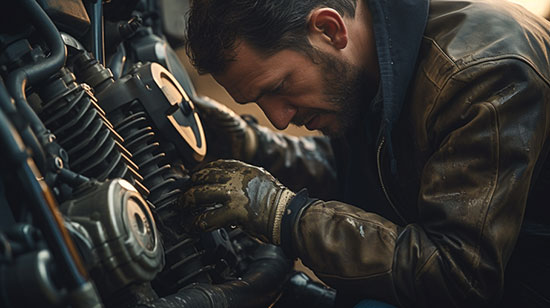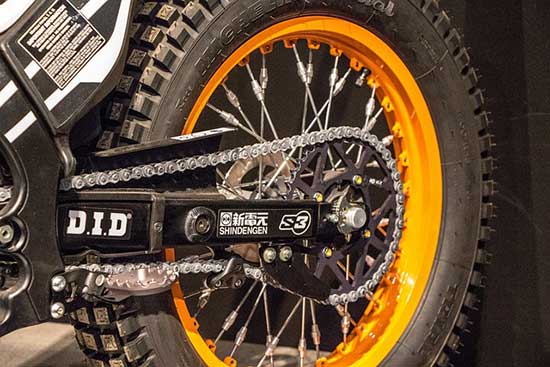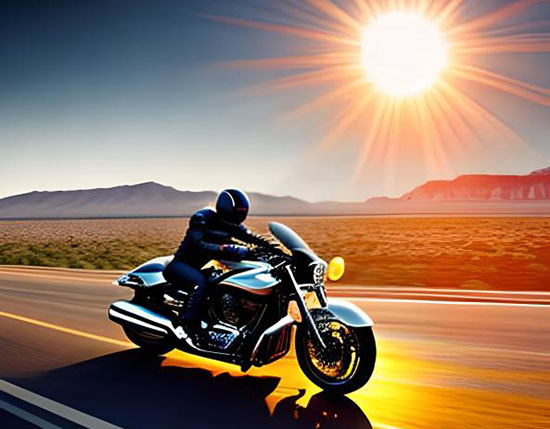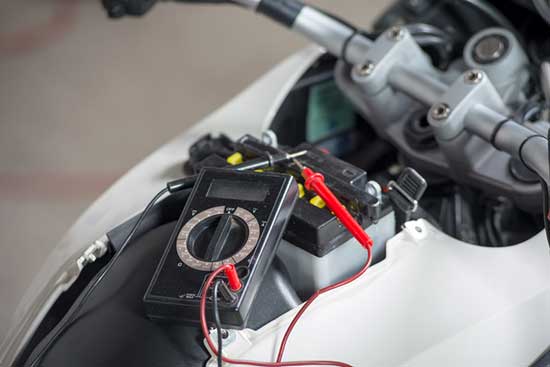Motorcycle grips are a crucial component for maintaining control and comfort while riding. A common method to secure them is using grip glue. However, there are times when you might need an alternative.
Contents
Importance of Grip Glue
Why Grip Glue Matters
Grip glue ensures that your motorcycle grips remain securely in place, providing a firm hold and preventing them from slipping or rotating during rides.
This is essential for maintaining proper control of your motorcycle and ensuring your safety on the road.
Risks of Ignoring Grip Glue
Ignoring grip glue or using an ineffective alternative can lead to dangerous situations, such as losing control of your motorcycle or experiencing discomfort during long rides. It’s crucial to find a reliable solution that keeps your grips in place.
Grip Glue Alternatives
If you’re unable to use grip glue, there are several alternatives available. Each has its pros and cons, so consider your specific needs when making a decision.
Safety Wire
Safety wire is a popular alternative for securing motorcycle grips. It involves wrapping a sturdy wire around the grip to hold it in place.
While effective, it can be challenging to install and may damage the grip if not done correctly.
Double-sided Tape
Double-sided tape is an easy-to-use solution for securing grips. It provides a strong bond and is relatively simple to install.
However, it may not offer the same level of durability as grip glue or safety wire, especially in wet conditions.
Hair Spray
Hair spray is a surprisingly effective alternative for grip glue. When applied to the inside of the grip and left to dry, it creates a strong bond that holds the grip in place.
The main drawback is that it may not be as durable as other alternatives, and you might need to reapply it periodically.
Weatherstrip Adhesive
Weatherstrip adhesive is a strong bonding agent designed for automotive applications. It works well for securing motorcycle grips due to its durability and resistance to various weather conditions. However, it can be challenging to remove if you need to replace your grips.
Rubber Cement
Rubber cement is another adhesive that can be used as an alternative to grip glue. It’s easy to apply and provides a strong bond.
However, it may not be as durable as some of the other alternatives, especially in extreme temperatures or wet conditions.
Pros and Cons of Alternatives
Comparing Grip Glue Alternatives
Each alternative has its advantages and disadvantages. Safety wire offers excellent durability but can be difficult to install and may damage grips if not done correctly.
Double-sided tape is easy to use but may not be as durable in wet conditions. Hair spray is a convenient option but may require reapplication over time.
Weatherstrip adhesive offers strong bonding and weather resistance but can be challenging to remove.
Rubber cement is simple to apply but may not hold up well in extreme temperatures or wet conditions.
How to Choose the Right Alternative
Factors to Consider
When selecting a grip glue alternative, consider the following factors:
- Durability: Choose an alternative that can withstand various weather conditions and maintain a strong bond over time.
- Ease of installation: Some alternatives may be easier to install than others. Consider your skill level and comfort with DIY projects.
- Availability: Ensure that the alternative you select is readily available and accessible to you.
- Removal: If you plan to replace your grips in the future, consider an alternative that can be easily removed without damaging the grip or handlebars.
Installing Grips with Alternatives
Step-by-step Process
- Clean your handlebars and the inside of the grips to remove any dirt or residue.
- Choose your preferred grip glue alternative and gather the necessary materials.
- Apply the alternative to the inside of the grip and/or the handlebar, following the specific instructions for the chosen product.
- Slide the grip onto the handlebar, ensuring it is properly aligned and seated.
- Allow the adhesive to dry or cure according to the product’s instructions.
- Test the grip to ensure it is secure and does not rotate or slip.
Conclusion
Motorcycle grip glue is essential for maintaining control and safety while riding. However, if you’re unable to use it or prefer an alternative, there are several options available.
Consider factors such as durability, ease of installation, availability, and removal when choosing the right alternative for your needs.
Remember to follow the installation process carefully to ensure a secure and reliable bond between your grips and handlebars.
Frequently Asked Questions
1. Can I use regular glue instead of grip glue or an alternative?
Regular glue may not be suitable for securing motorcycle grips, as it may not withstand the various weather conditions and stress experienced during riding. It’s best to use a dedicated grip glue or one of the recommended alternatives.
2. How often should I check the security of my grips?
It’s a good idea to check the security of your grips periodically, especially before long rides or when you notice any signs of wear or slippage.
3. Can I use more than one alternative to secure my grips?
While it’s possible to use more than one alternative, it may not be necessary and could make removal more difficult.
Choose the best alternative for your needs and follow the installation process correctly to ensure a secure bond.
4. Are grip glue alternatives safe for all types of motorcycle grips?
Most grip glue alternatives are safe for a variety of grip materials. However, it’s essential to read the product’s instructions and recommendations to ensure compatibility with your specific grips.
5. How long does it take for grip glue alternatives to dry or cure?
Drying or curing times can vary depending on the alternative used. Be sure to follow the specific instructions for the product you choose and allow adequate time for the adhesive to set before riding.

